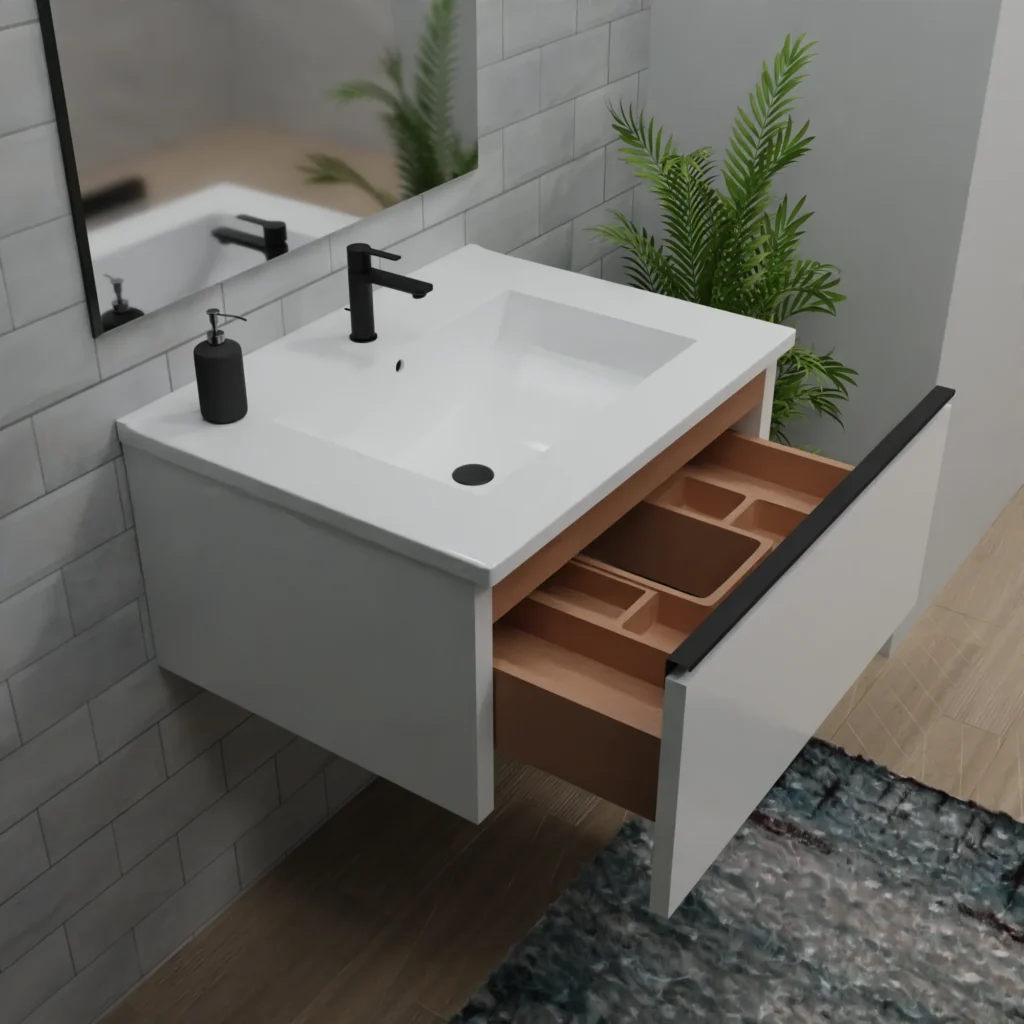
how to install a volpa use floating vality
If you’re looking to boost your system’s performance, you’ve likely stumbled upon the concept of Volpa Use Floating Vality. But what exactly does that mean, and why should you care? Well, in this guide, we’re going to walk you through the entire process, from understanding how to install a volpa use floating vality are, all the way to installing and configuring them for optimal performance.
What is Volpa Use Floating Vality?
At its core, Volpa Use Floating Vality refers to a performance-enhancing system that integrates a specific software package, Volpa, with a set of dynamic configuration settings called Floating Vality. Together, these tools work seamlessly to maximize processing speed and system stability, particularly in performance-heavy tasks.
Why is it Important for Performance?
Floating Vality enhances Volpa by creating a flexible, responsive environment that can adapt to different performance needs. Whether you’re running complex applications or engaging in resource-heavy tasks, this combination ensures that your system runs smoothly and efficiently, optimizing its full potential.
Understanding How to Install a Volpa use Floating Vality
Before diving into the installation process, let’s break down these two key components.
What is Volpa?
Volpa is a dynamic software that automatically adjusts resource allocation, prioritizes tasks, and optimizes performance based on the workload. By customizing system operations, it ensures a seamless user experience without the usual slowdowns or lags.
How Floating Vality Enhances Performance
Floating Vality works by dynamically adjusting settings based on system load. This means your computer can allocate resources more efficiently in real-time, keeping your performance optimal without any manual intervention.
Key Benefits of Using Floating Vality with Volpa
When paired with Volpa, Floating Vality offers several advantages:
- Improved Stability: With real-time adjustments, your system remains stable even under heavy usage.
- Enhanced Speed: By fine-tuning resource allocation, your system runs faster, particularly in resource-demanding scenarios.
- Adaptability: Whether you’re working with media files or running simulations, Floating Vality ensures the system adjusts its settings to suit the task at hand.
Pre-Installation Checklist
Before we dive into the installation, here’s a quick checklist to ensure you’re fully prepared.
Ensure Compatibility
First, verify that your system is compatible with Volpa Use Floating Vality. This may involve checking your operating system version and hardware specifications.
Gather the Necessary Tools
Make sure you have the necessary software and tools:
- The Volpa installer
- Floating Vality configuration files
- A system backup tool (just in case!)
Backup Your System
Installing new software, especially something as complex as Volpa Use Floating Vality, may cause issues in some rare cases. It’s always a good idea to back up your system before proceeding.
Step-by-Step Guide how to install a volpa use floating vality
Now, let’s get down to the installation process. Here’s a step-by-step guide to ensure everything goes smoothly.
Step 1: Download Volpa and Floating Vality
Start by downloading the official Volpa software and the latest Floating Vality configuration files. Make sure to get these from reliable sources to avoid any security risks.
Step 2: Install Volpa Software
Run the Volpa installer and follow the on-screen instructions. It’s usually a straightforward process, but make sure to review each step for any optional features you might want to enable.
Step 3: Configure Floating Vality Settings
Once Volpa is installed, it’s time to configure Floating Vality. This step is where you’ll fine-tune the system’s settings to suit your specific needs. There may be default settings, but feel free to adjust parameters like memory allocation, processing speed, and task prioritization.
Step 4: Testing Your Setup
After configuration, it’s essential to test your setup. Run some performance tests to ensure that everything is working as expected. If there are issues, review your settings and make any necessary adjustments.
Step 5: Troubleshooting Tips
If you run into any problems, don’t worry. Common issues include slow response times, system crashes, or settings not being applied correctly. Here are some tips:
- Ensure all software is up-to-date.
- Check for any conflicting software that might be causing issues.
- Adjust Floating Vality settings to match your system’s specifications.
Maximizing Performance Post-Installation
After installation, it’s important to fine-tune your system further.
Fine-Tuning Floating Vality Settings
You might need to tweak the Floating Vality settings after installation to maximize efficiency. Play around with different configurations to find the optimal setup for your use case.
Regular Maintenance for Optimal Performance
Maintaining the setup is crucial for long-term performance. Keep your software updated, and periodically check your configuration settings to ensure the system adapts to any new demands.
How to Monitor Performance Effectively
Use built-in diagnostic tools to monitor system performance regularly. By tracking your system’s response time, CPU usage, and memory consumption, you can ensure that everything is running smoothly.
Common Mistakes to Avoid During Installation
While the installation process is straightforward, there are a few common mistakes you should watch out for.
Skipping Compatibility Checks
Always check compatibility before proceeding. Installing incompatible software can lead to crashes or performance issues.
Not Updating Software
It’s essential to keep both Volpa and Floating Vality updated. Updates often contain critical bug fixes and performance improvements.
Incorrect Configuration of Settings
It’s easy to rush through the configuration process, but taking your time to adjust the settings ensures better results.
Conclusion
When it comes to installing complex systems, whether it’s hardware, software, or even integrating new components into an existing setup, understanding the finer details of the installation process is crucial. This final section will review the key takeaways from the installation process and explain why floating validity plays such a vital role in achieving optimal system performance.
The installation process plays a fundamental role in ensuring that your system functions at its best. But equally important is the concept of floating validity, which ensures that the system maintains peak performance under changing conditions. By prioritizing both a structured installation process and maintaining the flexibility that floating validity offers, users can enjoy a system that is both reliable and adaptable—maximizing the potential of their technology.
FAQs About How to Install a Volpa use Floating Vality
What if my Volpa version isn’t compatible with Floating Vality?
If you’re having compatibility issues, check for the latest updates or visit the support page for more detailed instructions.
How can I revert changes after installation?
You can always revert to default settings or uninstall the software and restore from your backup.
Can I install Volpa Use Floating Vality on multiple devices?
Yes, as long as your devices meet the compatibility requirements.
What other performance-enhancing tools work with Volpa?
Other tools like system optimizers or RAM boosters can complement Volpa for even better performance.
Is regular maintenance required after installing Floating Vality?
Yes, regular checks and updates will ensure your system remains optimized.







